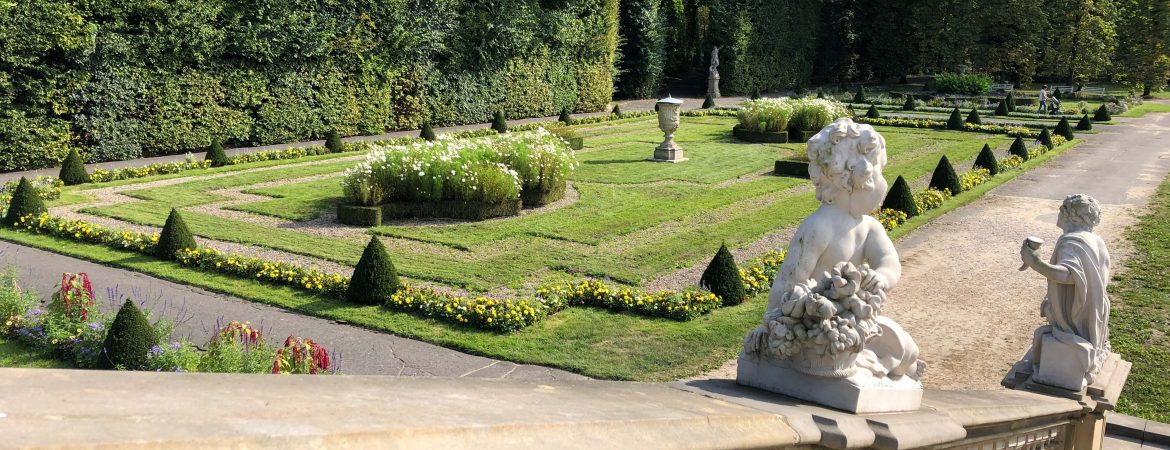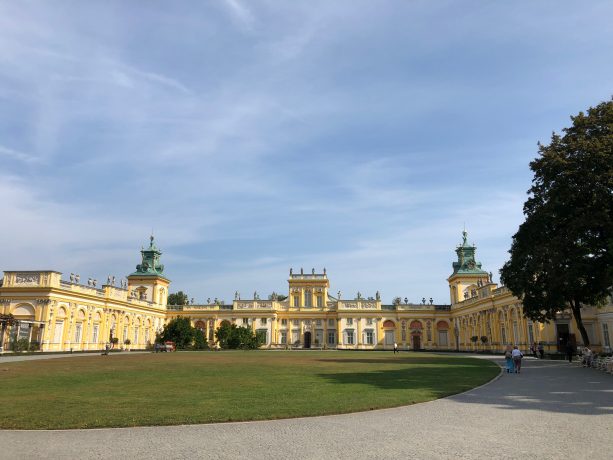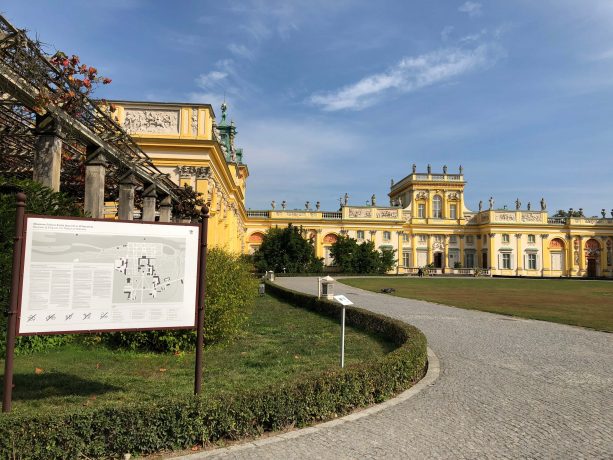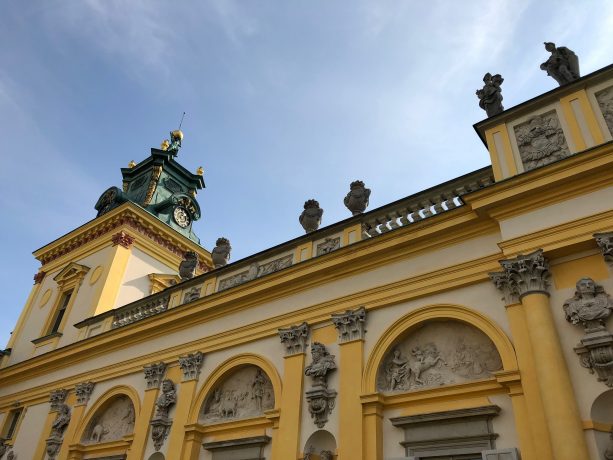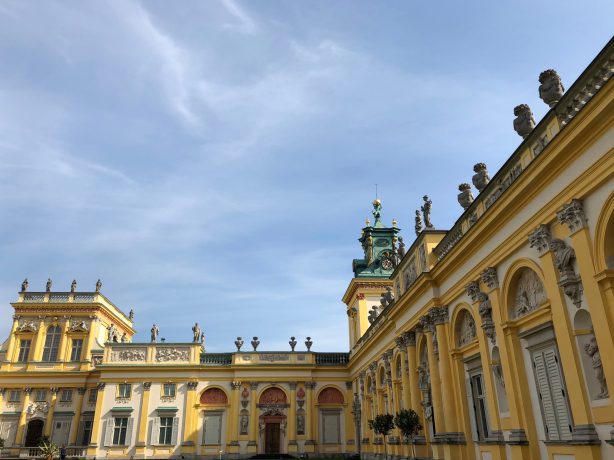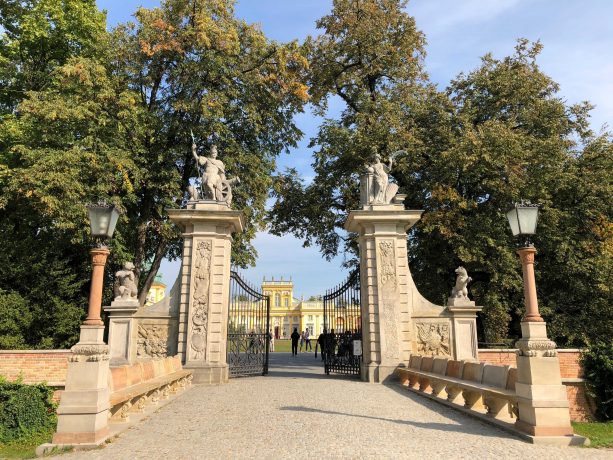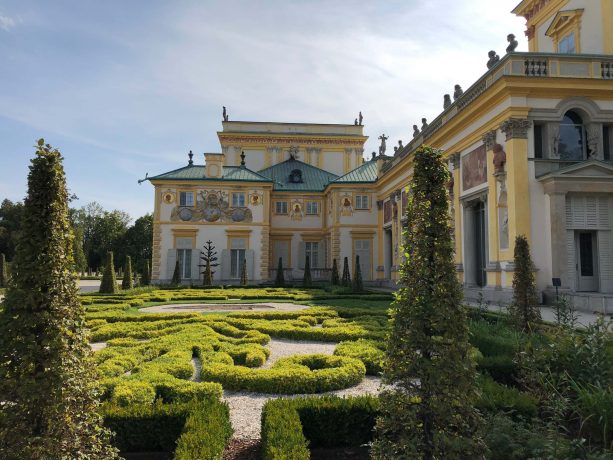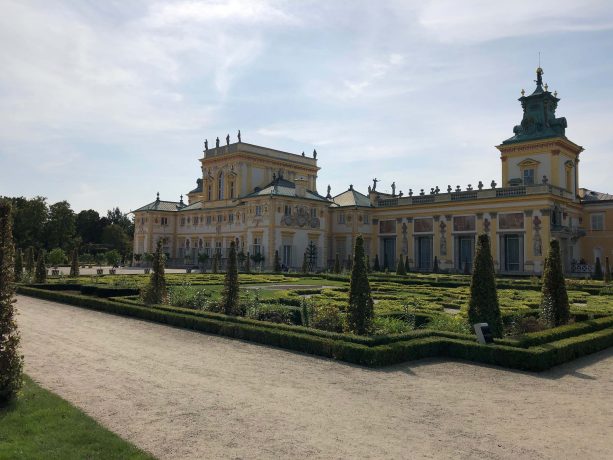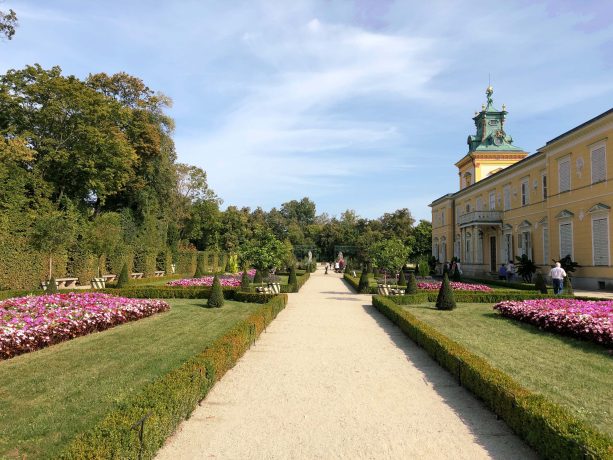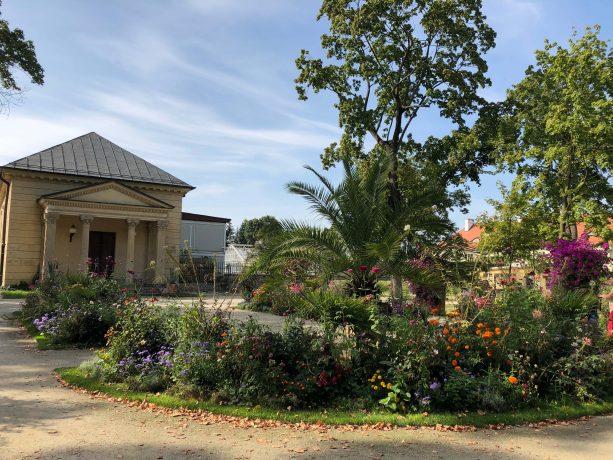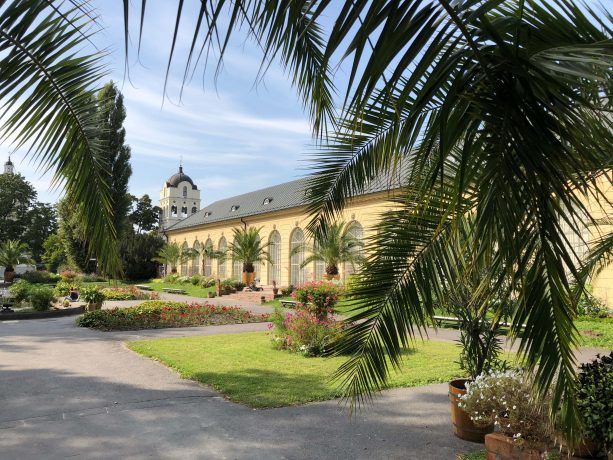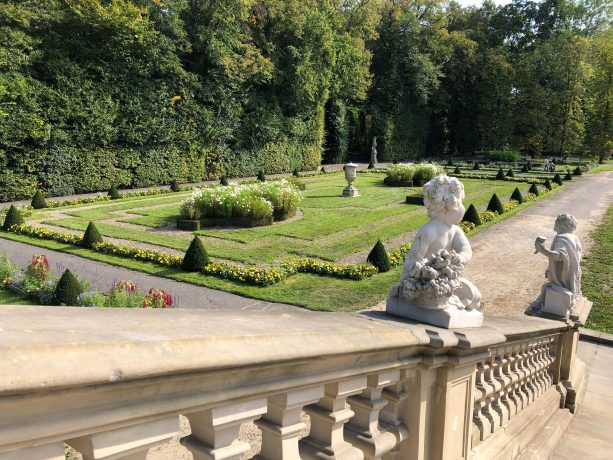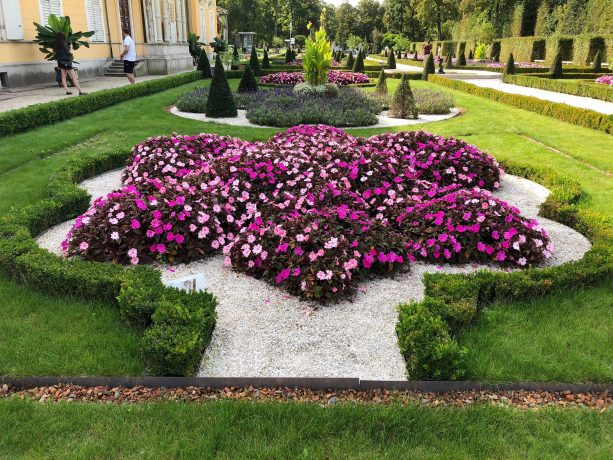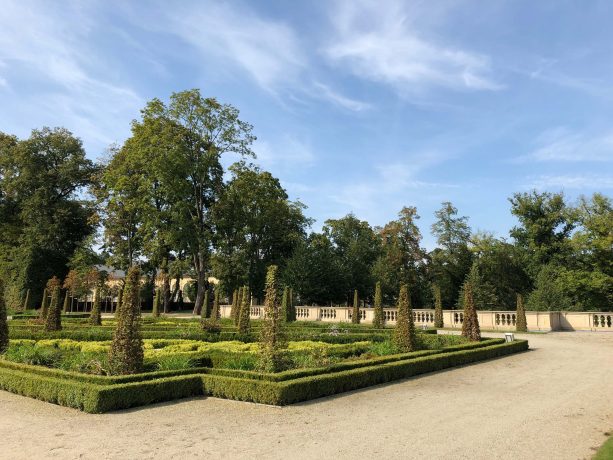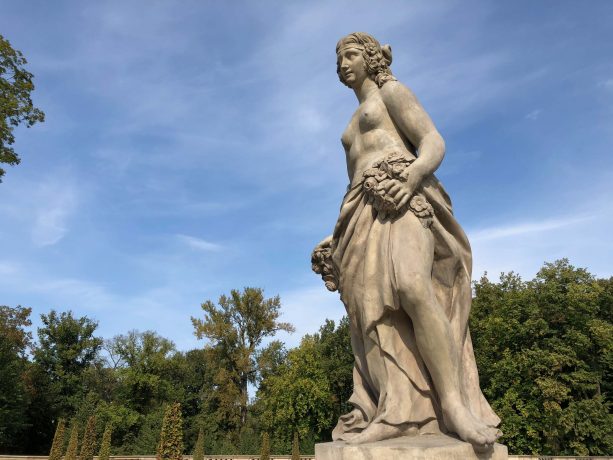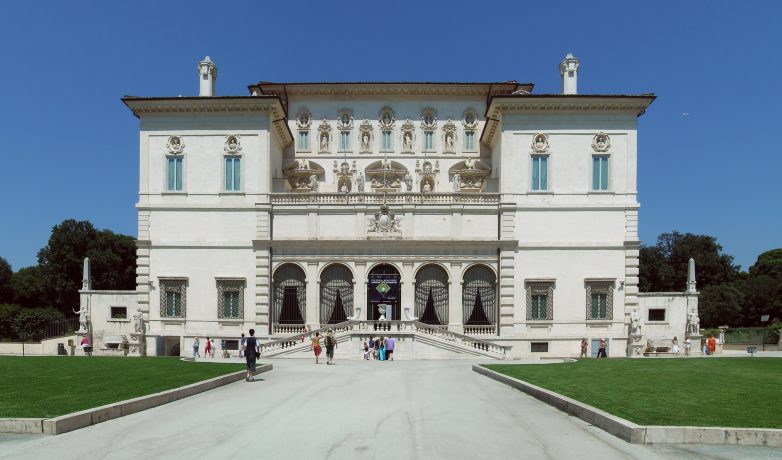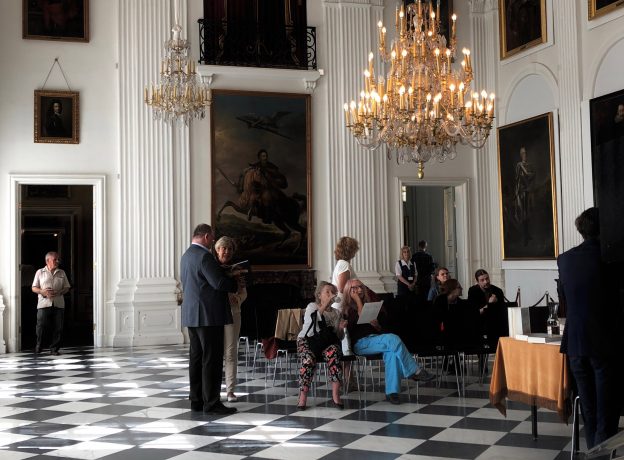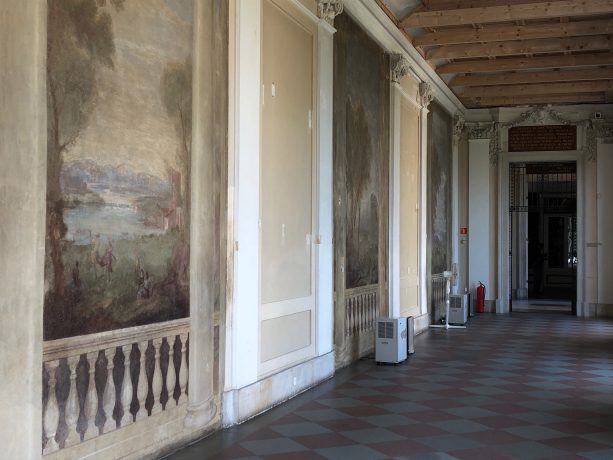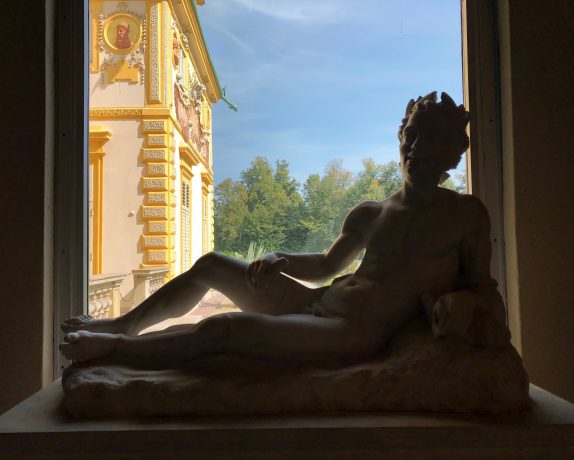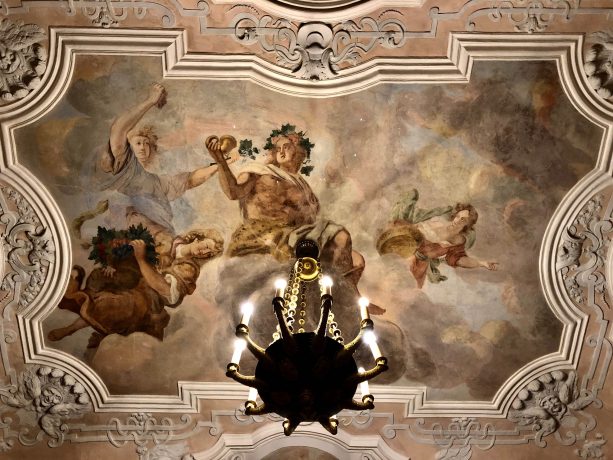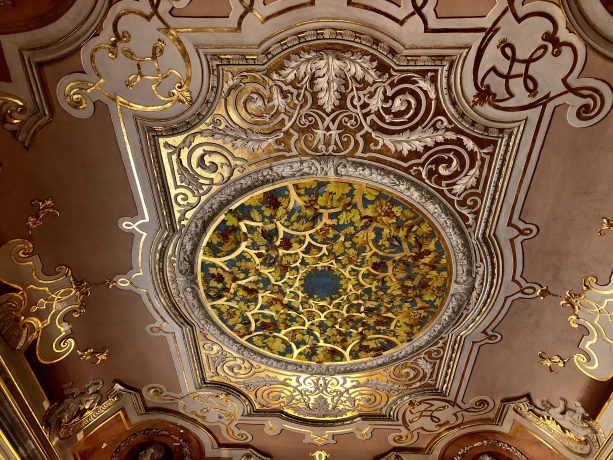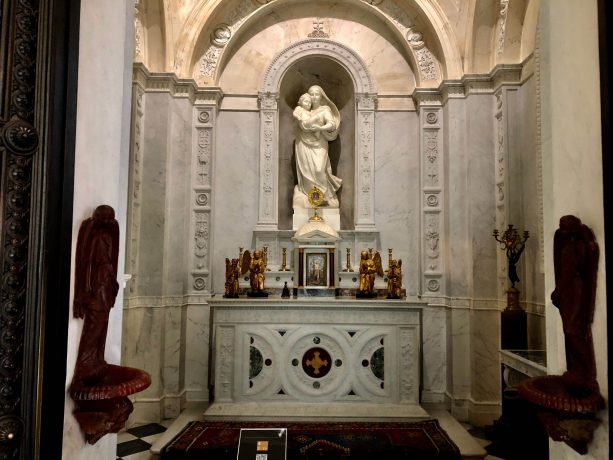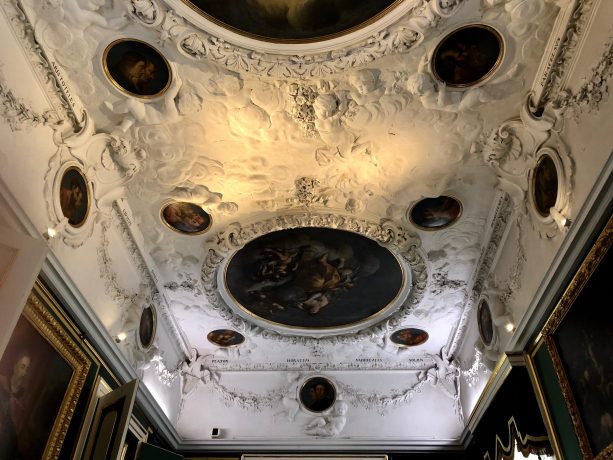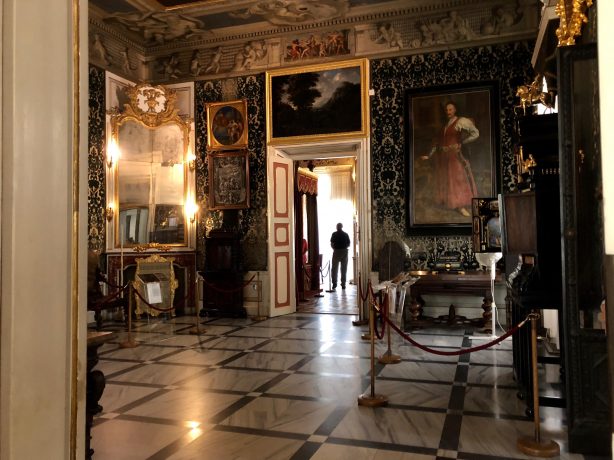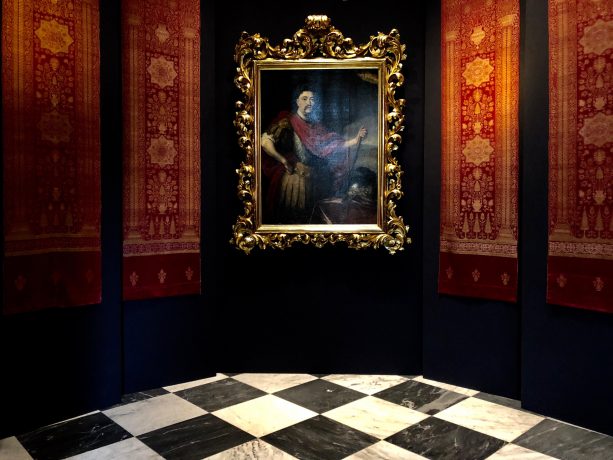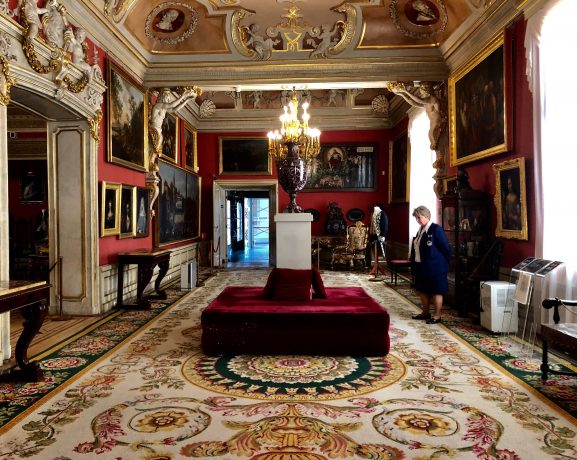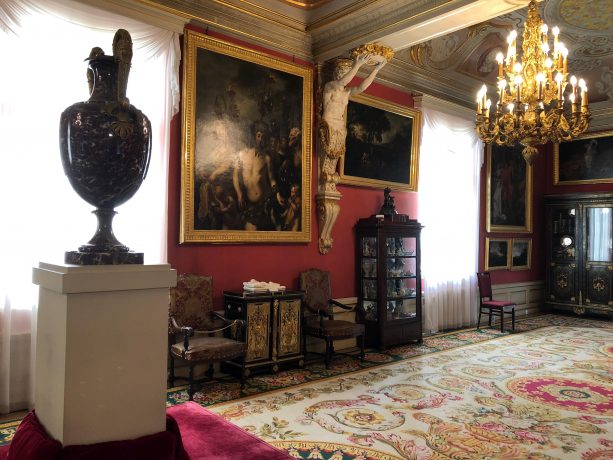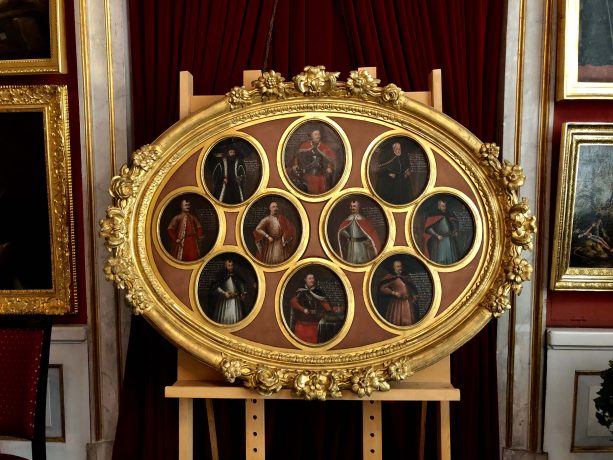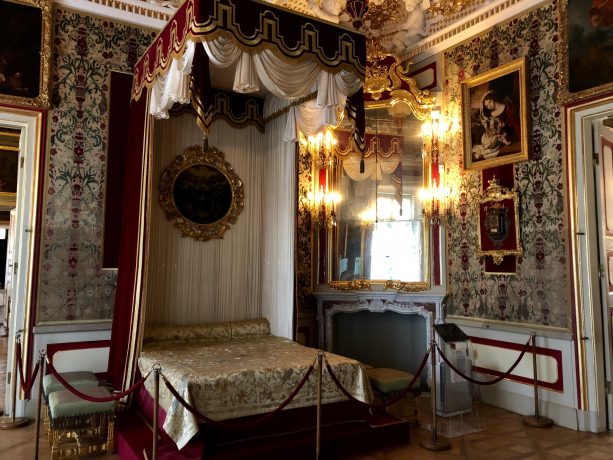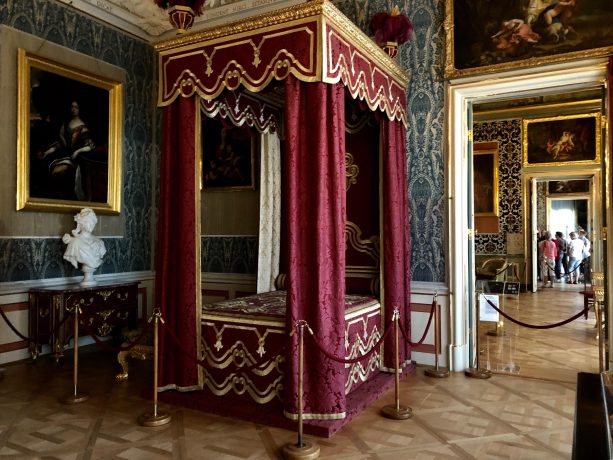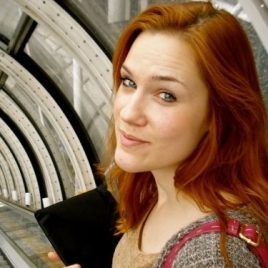The 17th century was a turbulent period in the European history. During this time, one Polish king earned his fame thanks to the huge Battle of Vienna. This king, Jan III Sobieski, is considered to be a savior of the peace on the old continent. King Jan III Sobieski was an interesting historical figure, leading a life of a war hero and a great lover. Not that far from Warsaw, in Wilanow, which now is a district of the city, is the palace that the King purchased for himself and his wife, Queen Mary. This magnificent palace has not been touched by Poland’s dark history; it survived the partition of the country and the occupation. In 2004, it was considered a monument of history and was protected with a special national program.
The King’s official estate was the Royal Castle, which was (and still is thanks to reconstruction works) located in the Old Town, in the center of the city. Wilanow is situated a little outside the city in the peaceful green area. King Jan III bought this estate in 1677 and handed it to the skilled and talented architecture Augustine Locci the Younger. Soon, the palace was turned into a beautiful complex of baroque mansion with gardens, farm and hunting space. The palace architecture is the effect of combining European art with old Polish construction traditions. All the elevation is embellished to glorify the King’s military victories and the Sobieski dynasty; however, the residence was gradually expanded. Jan III Sobieski died in Wilanow in 1696 and the palace became the center of the conflict between Sobieski’s sons. Eventually the youngest one, Konstanty, sold the Palace to Elżbieta Sieniawska. Thanks to her, the palace received two side wings, which were built matching the central part that remembered the King’s era. At the end of 18th century, the palace was passed as a gift to Aleksandra and Stanislaw Kostka Potocki by Aleksandra’s mother, Isabel Lubomirska. Their initiative lead to the founding of the museum in the palace, which was open to people of all the classes, even the poorest. The Wilanow Museum was opened in 1805 and is the oldest Polish art museum. The main exhibition was based on the art collection that the King himself began, which was later enriched by the Potocki assemblage. The works presented there include paintings by Lucas Cranach, Jan Lievens, Peter Paul Rubens, Pompea Batoni, Angelica Kaufmann and Anton Graff. Also, the outfits of King Jan III and Queen Mary were presented to the public along with the souvenirs from the royal family. The pearl of the collection is the horse portrait of Stanislaw Kostka Potocki painted by great Jacques-Louis David, which is the only work by a famous painter in the Polish archives. After the Second World War and the new land reform, Wilanow became the property of the state. Between the 1940s and 50s the long process of vindicating Polish national goods began, as many art pieces needed to be regained from Germany, Austria and USRR.
Finally, the official opening of Wilanow as a part of the National Museum in Warsaw happened on September 10, 1962. Two days later, during the anniversary of the Battle of Vienna, it was re-opened for the public. The Museum became independent again after more than thirty years. In 2013, it officially changed its name to the Museum of King Jan III’s Palace in Wilanow. The Museum is also a member of the prestigious ARRE (European Royal Residences Association).
Currently, the museum has many different things to offer tourists visiting Warsaw. Starting from the Palace itself there are two routes you can choose from. The first one begins in the most representative, beautiful white auditorium that was actually built during the time when Wilanow was rented by King August II from the House of Wettin. It’s the biggest and richest interior in the whole Palace. Also, visitors can admire the previously mentioned painting by Jacques-Louis David. This route also covers the suites of King Jan III and Queen Mary as well as the Potocki Museum and the cabinets of ancient times. The second route begins in the suite of Izabela Lubomirska and moves you to the 18th century. Visitors can see the Chinese and hunter’s rooms, the big silver collection and the Storehouse Gallery, where quite a few art pieces are displayed, such as textiles from the royal apartments and items from the Far East.
You should definitely reserve some time to browse Wilanow Park and Gardens as well. It’s a huge space and designed with elegance and taste. There are three gardens to visit: the North Garden, the Baroque Garden and the Rose Garden. The North Garden, replaced in 18th century, was previously the casual fruit and vegetable garden from the time of King Jan III. Today, it’s a decorative garden, shaped geometrically. The Baroque Garden is the oldest one and its current look refers strongly to what was designed by Augustine Locci. The Rose Garden also replaced the fruit garden; it’s a very intimate space and decorated with a statue of Victory as well as four allegoric sculptures picturing acceptance, farming, fishing and bee-keeping. There are also two vast parks: North and South. It’s definitely best to save a whole day to visit Wilanow – hopefully it’s not a rainy one!
The Museum is very active in the cultural life of Warsaw and features workshops, broad educational offers, and many international art and history projects. Also, it is possible to rent the Palace or garden for concerts, events or receptions. One weekend in September was all about the II Culinary Festival „At the Royal Table,” which was full of lectures, screenings and crazy workshops! You could sign up for the special masterclasses about making preserves, bee-keeping or gardening.
Wilanow is like a huge gift that the great king left to his kingdom. Thanks to the cleverness of the succeeding owners, the whole complex was left in the perfect state to give a testimony of Polish art and culture. However, the palace is not just a sign of past times, but rather lives to the fullest with all the events attracting the new visitors. It’s like a Versailles of Warsaw, so save a day for a trip to magnificent Wilanow!
